The Taj Mahal is a famous mausoleum complex in Agra, India, built by the Mughal emperor Shah Jahan in the 17th century. It is one of the most outstanding examples of Mughal architecture, which combined Indian, Persian, and Islamic influences. It is also a UNESCO World Heritage site symbolizing India’s rich history and culture. The architecture of the Taj Mahal reflects the emperor’s vision of creating a replica of paradise on earth for his beloved wife, Mumtaz Mahal, who died in 1631. The complex consists of a white marble tomb, four minarets, a mosque, a guest house, and a garden. The tomb is the main attraction, with its central dome, arched entrances, intricate carvings, and inlay work of semi-precious stones. The tomb is also symmetrical along two sides of a central axis, following the principles of Islamic geometry and harmony. The design and construction of the Taj Mahal involved a team of thousands of workers, artisans, architects, and engineers from India, Persia, Europe, and the Ottoman Empire. The chief architect was probably Ustad Ahmad Lahori, an Indian of Persian descent. The project took 20 years, from 1632 to 1653, and cost $470 million (€427.7 million, £408.9 million). The materials used included white marble from Rajasthan, red sandstone from Fatehpur Sikri, jasper from Punjab, jade from China, turquoise from Tibet, and lapis lazuli from Afghanistan. The history and influence of the Taj Mahal are intertwined with the rise and fall of the Mughal Empire, which ruled most of northern India from the 16th to the 18th century. The Taj Mahal was a testament to the power and wealth of Shah Jahan, who expanded the empire to its greatest extent; however, after he died in 1666, his son Aurangzeb seized the throne and imprisoned him in the nearby Agra Fort, from where he could see the Taj Mahal. The empire declined under Aurangzeb’s rule, and the Taj Mahal suffered neglect and vandalism. In the 19th century, British colonial authorities restored and protected the monument, making it a tourist attraction. In the 20th century, the Taj Mahal became a source of national pride, an identity symbol for India, and a source of inspiration for many artists, writers, and filmmakers.
What is the Taj Mahal?
The Taj Mahal is an iconic mausoleum located in Agra, India. It was built during the Mughal Empire in the 17th century. The Taj Mahal is considered one of the finest examples of Mughal architecture and is known for its beauty and grandeur. The Taj Mahal was commissioned by the Mughal emperor Shah Jahan in memory of his beloved wife, Mumtaz Mahal. Construction of the mausoleum began in 1632 and was completed in 1648. It took 16 years and employed thousands of artisans, craftsmen, and laborers to bring Shah Jahan’s vision to life. The Taj Mahal is on the southern bank of the Yamuna River in Agra. It stands on a raised marble platform and is surrounded by a charbagh, a traditional Persian-style garden divided into four quadrants. The mausoleum is white marble, filled with intricate inlay work and decorative elements such as calligraphy and arabesques. In terms of size, the Taj Mahal has a height of 240 feet (73 meters), including its main dome. The base of the mausoleum measures 180 feet (55 meters) on each side. The entire complex covers an area of 42 acres (17 hectares), including the gardens and other structures. The Taj Mahal attracts millions of visitors yearly and is recognized as a UNESCO World Heritage site. It is regarded as a masterpiece of architectural and artistic achievement, symbolizing the rich cultural heritage of India.
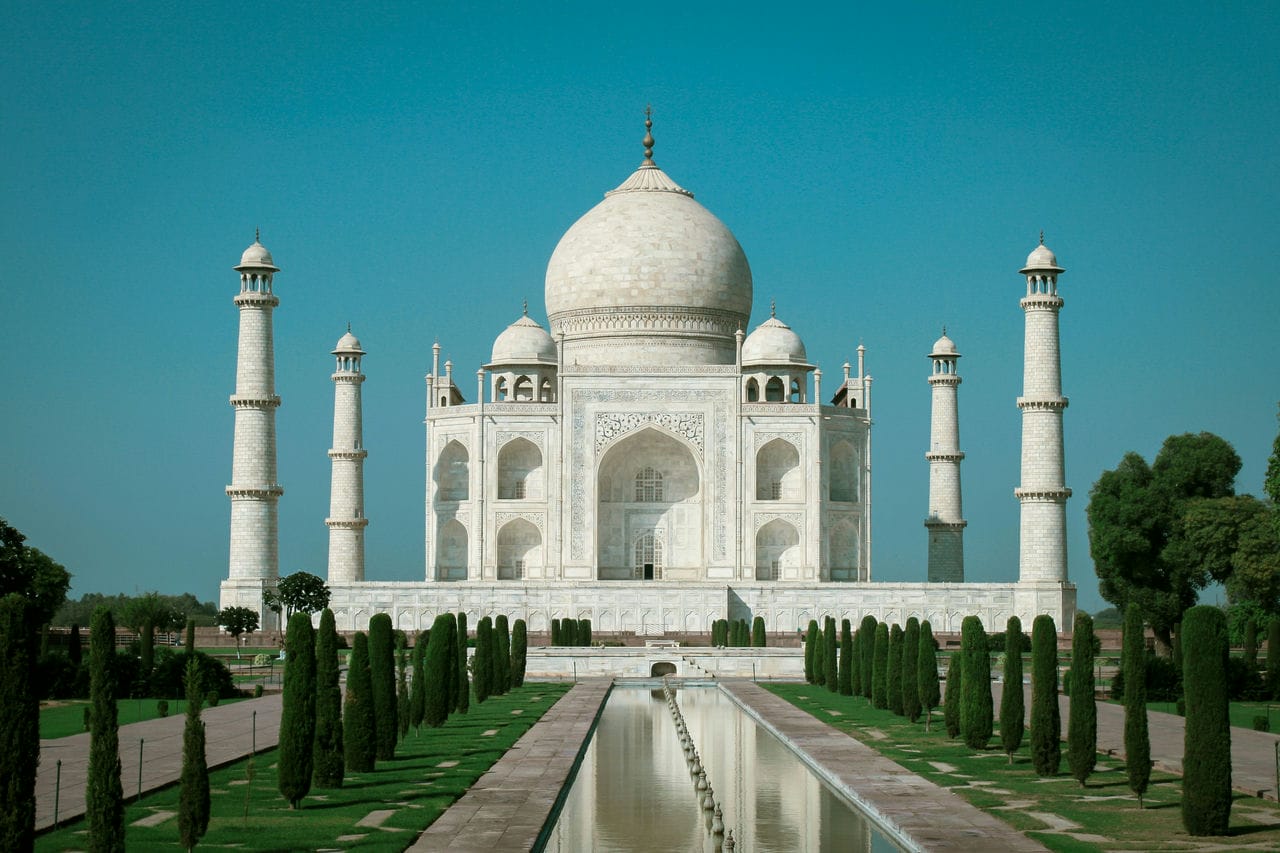
What architectural style is most prominent in the Taj Mahal?
The most prominent architectural style in the Taj Mahal is Mughal architecture. Mughal architecture is a blend of Islamic, Persian, and Indian architectural elements, reflecting the cultural and artistic influences of the Mughal Empire. The Taj Mahal showcases several key features of Mughal architecture, making it a prime example of the style. Mughal architecture is characterized by its grandeur, symmetry, and meticulous attention to detail. The Taj Mahal exhibits these traits through its monumental size, balanced layout, and intricate ornamentation. The mausoleum’s symmetrical design, with its central dome and four minarets, is a hallmark of Mughal architecture. The extensive use of white marble in constructing the Taj Mahal is another distinctive feature of Mughal architecture. The white marble, inlaid with precious and semi-precious stones, creates a stunning visual effect and adds to the overall elegance of the structure. The calligraphy and floral motifs that adorn the walls and domes of the Taj Mahal are also typical elements of the Mughal architectural style.
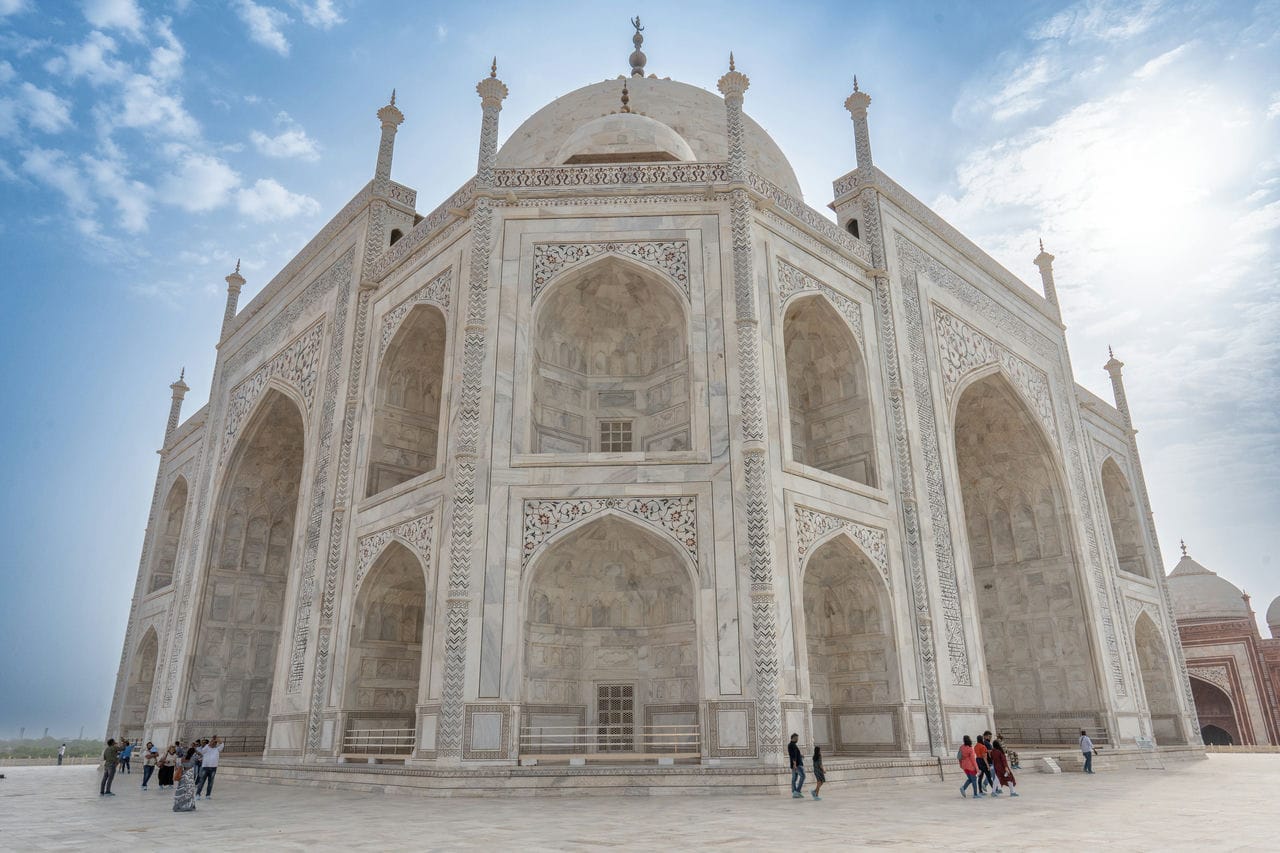
What structural engineering principles are employed in the construction of the Taj Mahal?
There are 4 major structural engineering principles that are employed in the construction of the Taj Mahal. Firstly, the Taj Mahal features a symmetrical design, which is achieved by employing the principle of balance. The structure is symmetrically arranged around a central axis, ensuring that the weight and forces are evenly distributed. The balanced design helps to maintain stability and prevent structural imbalances. Secondly, the Taj Mahal utilizes the principle of load-bearing construction. The main structure of the mausoleum is built with load-bearing brick walls, further strengthened by corner minarets and large buttresses. These elements distribute the structure’s weight and help resist external forces, such as wind and earthquakes, ensuring the stability and integrity of the building. Thirdly, the Taj Mahal incorporates the principle of arches and domes. The large central dome and the smaller domes and arches throughout the complex provide structural support and distribute the roof’s weight. The use of arches and domes allows for the creation of spacious interior spaces without the need for many supporting columns, enhancing the structure’s aesthetic appeal. Lastly, the Taj Mahal employs the principle of materials selection. The main structure is constructed using red sandstone and white marble. These materials were chosen for their durability, strength, and aesthetic qualities. The marble, in particular, is known for its ability to withstand weathering and aging while maintaining its structural integrity. The careful selection of materials ensures the longevity of the Taj Mahal and contributes to its iconic appearance.
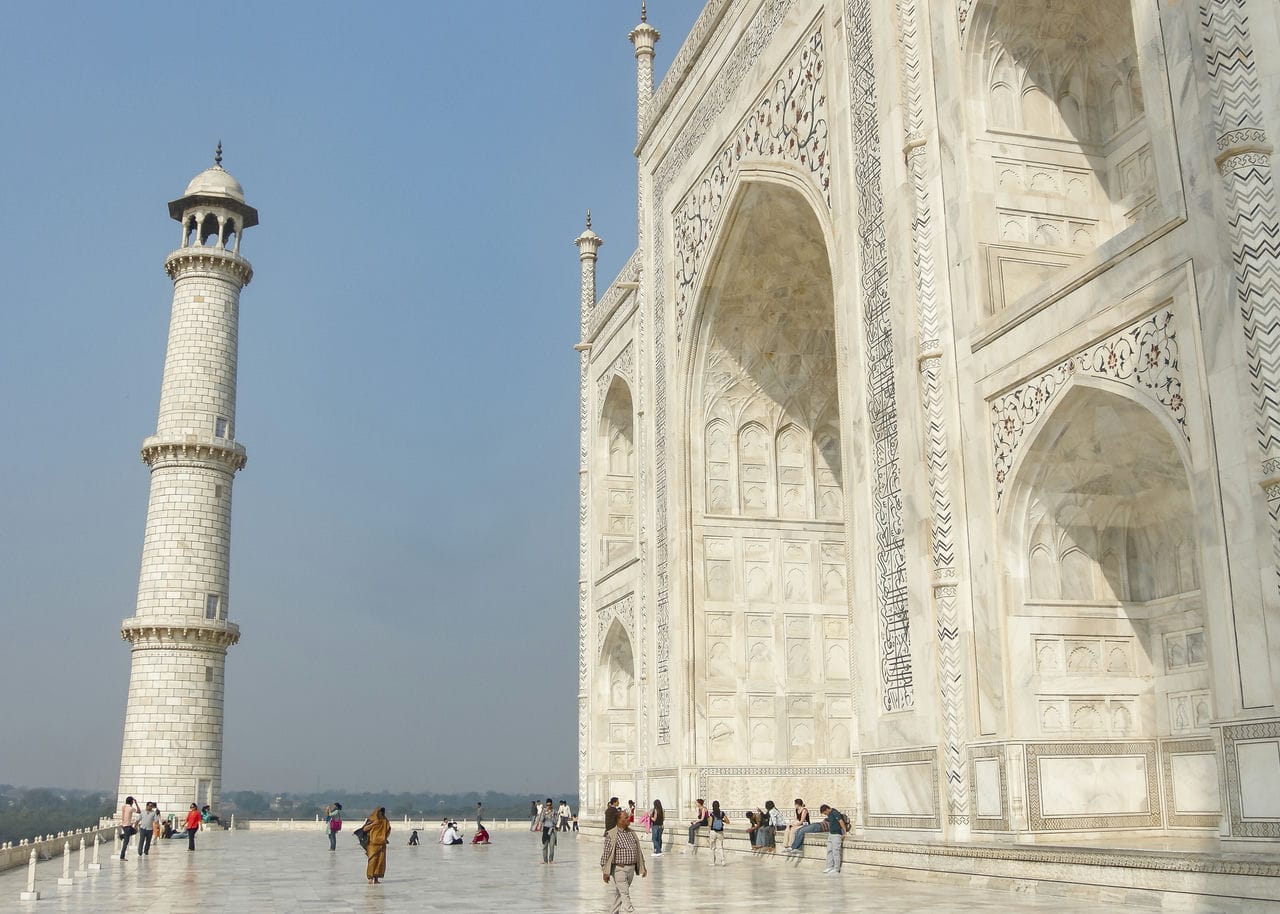
Who designed the Taj Mahal?
The Taj Mahal was designed by a famous architect named Ustad Ahmad Lahauri. Ustad Ahmad Lahauri was a Persian architect who was crucial in constructing the Taj Mahal. He was chosen by the Mughal emperor Shah Jahan to bring his vision of the mausoleum to life. Ustad Ahmad Lahauri was highly skilled in Mughal architecture and had previously worked on various architectural projects during the Mughal period. He combined his expertise in Persian and Indian architectural styles to create the design for the Taj Mahal. His architectural prowess is evident in the monument’s meticulous planning, precise proportions, and intricate details. Under the guidance of Ustad Ahmad Lahauri, a team of skilled artisans, craftsmen, and laborers worked tirelessly to construct the Taj Mahal. The mausoleum is a testament to Ustad Ahmad Lahauri’s architectural genius and ability to translate Emperor Shah Jahan’s vision into a magnificent reality.
What are the historical design influences visible in the Taj Mahal?
There are four major historical design influences visible in the Taj Mahal. Firstly, the Taj Mahal reflects the influence of Persian and Mughal architectural traditions. The Mughal Empire, which ruled a significant part of the Indian subcontinent, had strong cultural and architectural ties with Persia. The use of intricate geometric patterns, calligraphy, and the incorporation of gardens and water features in the Taj Mahal’s design can be traced back to these influences. The pishtaq (a rectangular frame surrounding an arch) and the iwan (a vaulted portal) are also characteristic of Persian architectural styles. Secondly, the Taj Mahal displays elements of Islamic architecture. The four minarets surrounding the main structure, the use of arches and domes, and the intricate geometric patterns seen in the marble inlays and screens are all typical features of Islamic architecture. The concept of paradise gardens, with their symmetrical layout and fountains, is another Islamic influence observed in the gardens surrounding the Taj Mahal. Thirdly, the Taj Mahal showcases elements of Indian architectural traditions. The chhatris (pavilions) seen on the roofline of the mausoleum are reminiscent of Indian temple architecture. The use of red sandstone, a common building material in North India, in combination with white marble, represents a fusion of Indian and Persian architectural styles. Lastly, the influence of European architecture can also be seen in certain aspects of the Taj Mahal’s design. The central dome and the structure’s symmetrical layout reflect Renaissance architecture’s elements. European travelers and merchants who visited the Mughal Empire during that period likely influenced the incorporation of these design features.
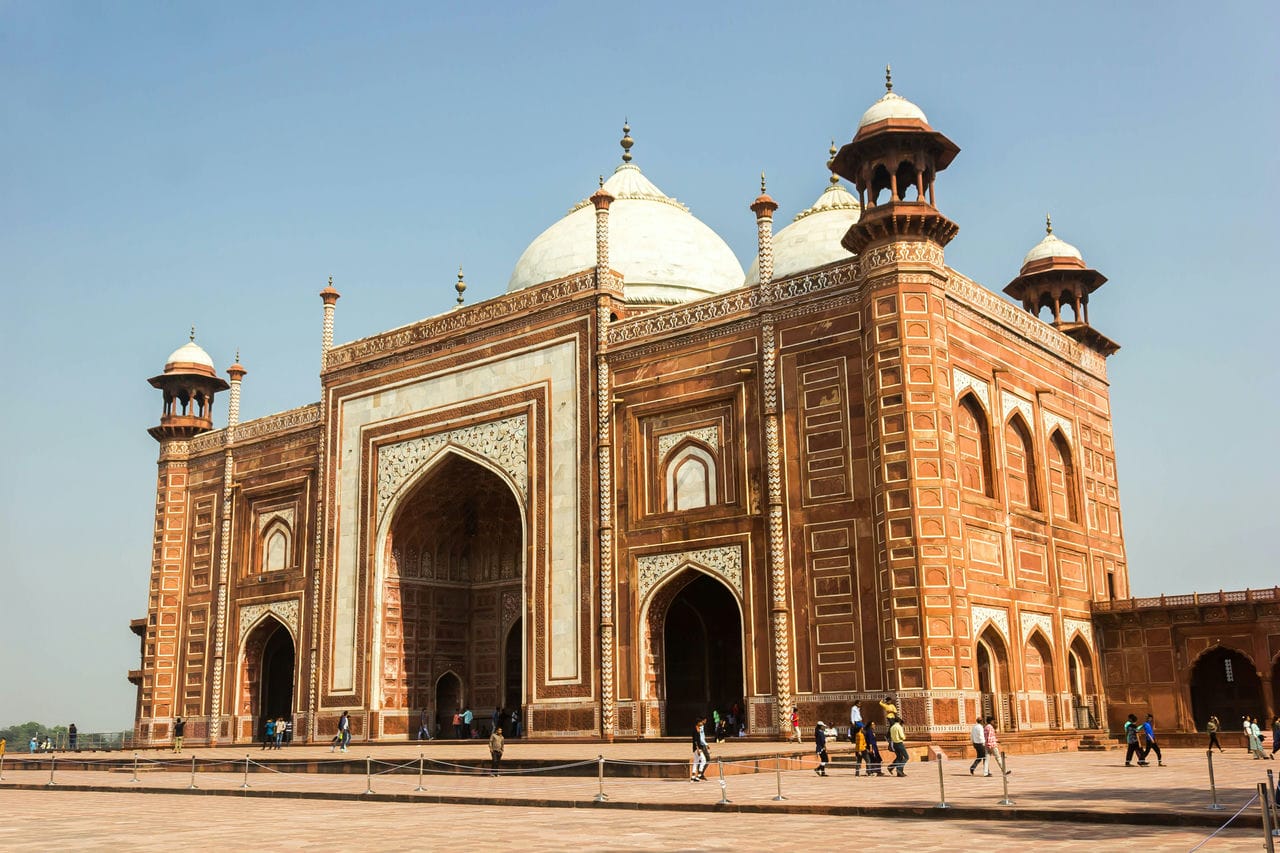
How has the Taj Mahal influenced the design of other buildings in India?
The Taj Mahal influenced the design of other buildings in India in 4 ways. Firstly, the Taj Mahal is a Mughal architectural masterpiece, blending Indian, Persian, and Islamic styles. The Taj Mahal’s use of white marble, domes, arches, minarets, calligraphy, and inlay work inspired many other buildings in India, such as the Humayun’s Tomb in Delhi, the Bibi Ka Maqbara in Aurangabad, and the Victoria Memorial in Kolkata. Secondly, the Taj Mahal is a symbol of love, as it was built by the Mughal emperor Shah Jahan for his beloved wife Mumtaz Mahal. The Taj Mahal’s romantic appeal and aesthetic beauty inspired many other monuments and structures celebrating love, such as the Lotus Temple in Delhi, the Khajuraho Temples in Madhya Pradesh, and the Golden Temple in Amritsar. Thirdly, the Taj Mahal is a complex of buildings and gardens that extends over 55.5 acres (22.44 hectares). The Taj Mahal’s layout and design reflect the concept of paradise in Islamic and Persian traditions. The Taj Mahal’s influence can be seen in many other gardens and landscapes in India, such as the Shalimar Gardens in Srinagar, the Pinjore Gardens in Haryana, and the Lodi Gardens in Delhi. Lastly, the Taj Mahal is a UNESCO World Heritage Site and a cultural icon of India. The Taj Mahal’s fame and popularity have attracted millions of tourists and visitors worldwide. The Taj Mahal’s influence can be seen in many other cultural and artistic expressions in India, such as paintings, films, literature, music, and fashion.
What purpose does the Taj Mahal serve, and how does the design help?
The Taj Mahal serves as a mausoleum and a symbol of love. It was built by Emperor Shah Jahan as a final resting place for his beloved wife, Mumtaz Mahal. The primary purpose of the Taj Mahal is to house the tomb of Mumtaz Mahal and to honor her memory. It is a place of reverence and contemplation where visitors can pay their respects to the departed. The design of the Taj Mahal serves 2 purposes. Firstly, its architectural layout and use of symmetrical elements create a sense of balance and harmony. The central dome and the four minarets surrounding it contribute to the overall symmetrical composition of the mausoleum. The design choice enhances the visual appeal of the Taj Mahal and reflects the Mughal belief in order and perfection. Secondly, the intricate details and decorative elements of the Taj Mahal’s design evoke a sense of awe and admiration. The delicate inlay work, calligraphy, and use of precious and semi-precious stones showcase the craftsmanship and artistic skills of the artisans involved in its construction. These ornamental elements elevate the mausoleum’s beauty and add to its significance as a symbol of love.
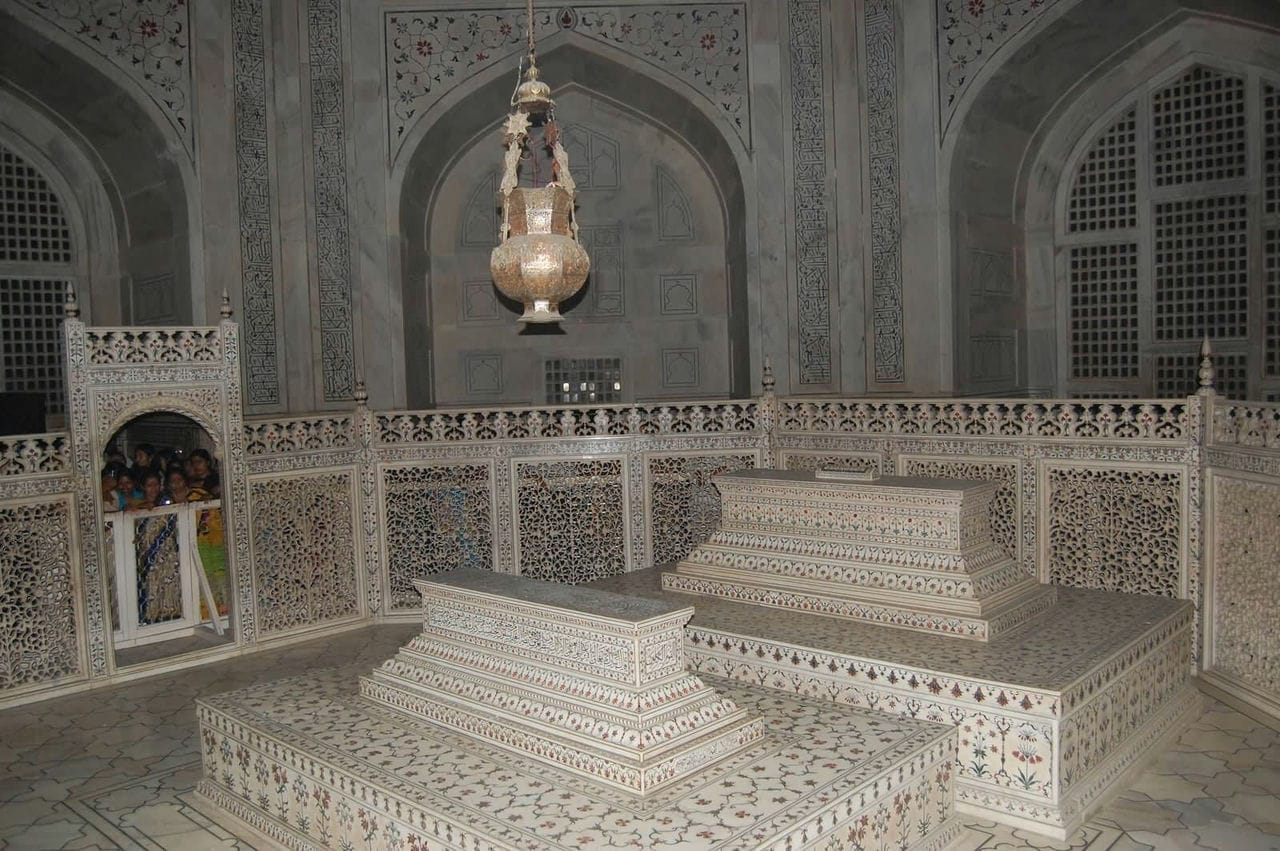
How is the Taj Mahal maintained?
The Taj Mahal’s maintenance involves a combination of preventive measures, regular cleaning, and restoration efforts. The Archaeological Survey of India (ASI) is responsible for the upkeep and conservation of this iconic monument. Preventive measures are implemented to protect the Taj Mahal from environmental factors. These include monitoring the air quality, controlling pollution levels in the vicinity, and implementing measures to minimize the impact of water pollution from the nearby Yamuna River. The ASI also prevents structural damage caused by natural phenomena like earthquakes. Regular cleaning is an essential aspect of the Taj Mahal’s maintenance. The marble surfaces are cleaned using non-abrasive methods to remove dirt, dust, and pollutants. Special attention is given to delicate decorative elements, such as the intricate inlay work and calligraphy, to ensure their preservation. Restoration work is done to repair and maintain the Taj Mahal when necessary. It involves careful examination of the monument’s condition, identifying areas needing repair, and restoring damaged or deteriorated sections. Skilled craftsmen and conservation experts ensure the restoration work adheres to the original architectural design and materials.
How does the Taj Mahal reflect cultural and contextual relevance in its design?
The Taj Mahal reflects cultural and contextual relevance in its design in 4 ways. Firstly, the Taj Mahal is a testament to the cultural significance of love and devotion. It was commissioned by Mughal emperor Shah Jahan as a mausoleum for his beloved wife, Mumtaz Mahal. The entire design of the Taj Mahal, with its symmetrical layout and exquisite detailing, represents the emperor’s profound love for his wife. The use of white marble, which symbolizes purity and eternal love in Indian culture, further reinforces the cultural relevance of the structure. Secondly, the Taj Mahal incorporates elements of Islamic architecture, reflecting the cultural and religious context of the Mughal Empire. The intricate calligraphy engraved on the walls, which includes verses from the Quran, represents the importance of Islamic scripture and religious devotion. The use of arches, domes, and minarets, characteristic features of Islamic architectural traditions, reflects the cultural and contextual relevance of the structure within the Islamic world. Thirdly, the design of the Taj Mahal is influenced by Indian architectural traditions and aesthetics. The incorporation of Indian elements, such as the chhatris (pavilions) and red sandstone, reflects the cultural context of North Indian architecture. The gardens surrounding the Taj Mahal, with their symmetrical layout and water features, draw inspiration from the concept of paradise gardens, which hold cultural significance in Indian art and architecture. Lastly, the Taj Mahal’s design considers its location’s environmental context. The strategic placement of the mausoleum on a raised platform helps protect it from potential flooding from the nearby Yamuna River. The gardens surrounding the Taj Mahal act as a buffer zone, providing a sense of peace and creating a microclimate that helps mitigate the region’s extreme temperatures.
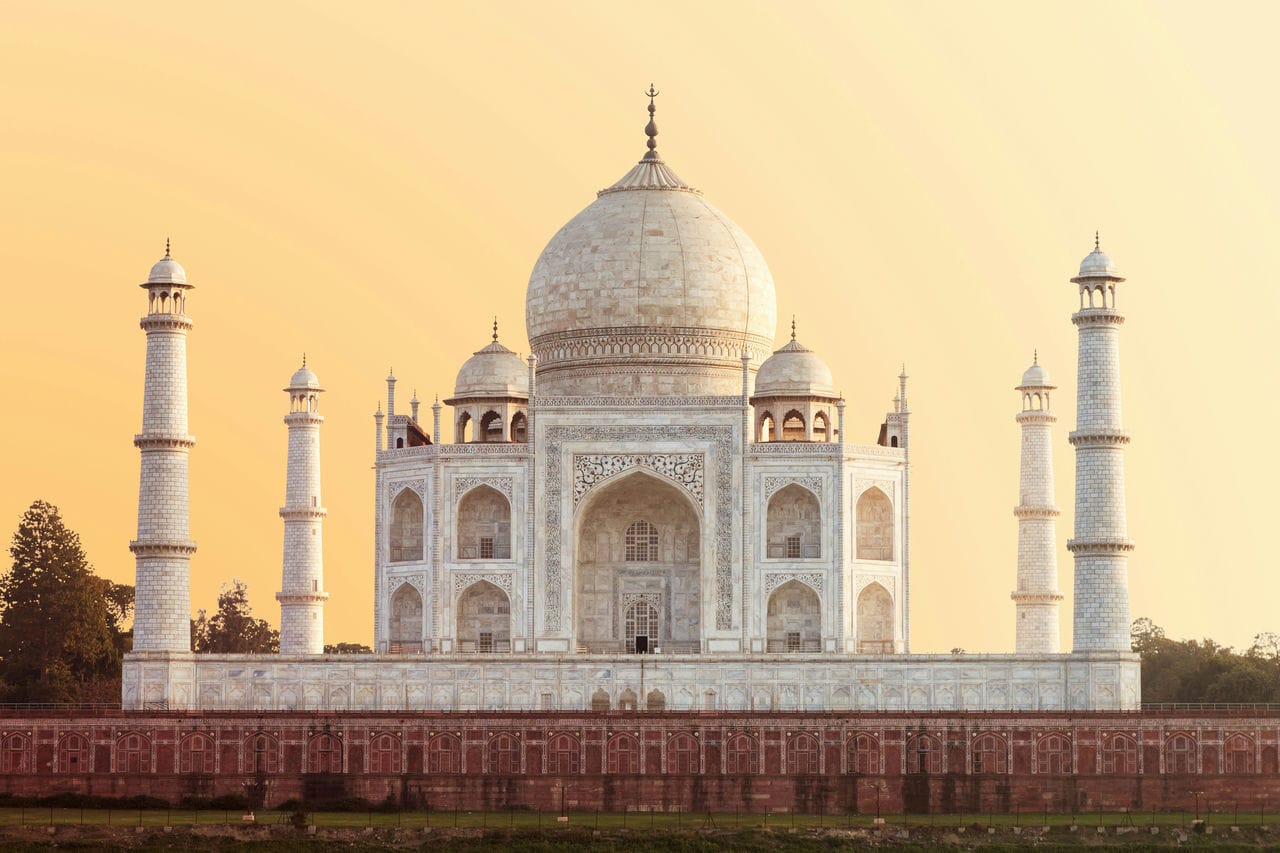
What architectural trend or movement does the Taj Mahal represent?
The Taj Mahal represents the architectural trend of Mughal architecture, which emerged during the Mughal Empire in the Indian subcontinent. Mughal architecture is a fusion of Islamic, Persian, and Indian architectural styles, reflecting the cultural and artistic influences of the time. The Taj Mahal showcases the key characteristics of Mughal architecture, making it a prominent example of this architectural movement. Mughal architecture is known for its grandeur, symmetry, and meticulous attention to detail. The Taj Mahal embodies these traits through its monumental scale, balanced layout, and intricate ornamentation. The symmetrical design, with the central dome and four minarets, is a distinctive feature of Mughal architecture. The extensive use of white marble, intricate inlay work, calligraphy, and floral motifs are typical elements of this architectural style.
What are the challenges faced during the restoration of the Taj Mahal?
There are 4 major challenges faced during the restoration of the Taj Mahal. Firstly, the main challenge faced during the restoration was the deterioration of the Taj Mahal’s marble surfaces. Environmental factors such as air pollution, acid rain, and particulate matter in the atmosphere caused discoloration and erosion of the marble. The restoration team had to develop specialized techniques to clean the marble surfaces without causing further damage or altering the original texture and appearance of the monument. Secondly, the high visitor footfall posed a significant challenge to the restoration efforts. The many tourists visiting the Taj Mahal daily struggled to maintain a controlled environment for restoration work. The movement of visitors and their interaction with the monument had the potential to cause damage to the delicate surfaces and structures. Balancing the need for restoration with preserving the visitor experience requires careful planning and management. Thirdly, the complex structural issues of the Taj Mahal posed challenges during restoration. The monument comprises various components, including the main mausoleum, minarets, and surrounding structures. The restoration team had to address issues such as cracks, water seepage, and the stability of the foundations. These challenges required a thorough understanding of the architectural and engineering aspects of the Taj Mahal to ensure that the restoration work was carried out effectively and did not compromise the integrity of the monument. Lastly, the availability of skilled craftsmen and traditional materials for restoration was a challenge. The restoration of a monument as iconic as the Taj Mahal demanded the use of traditional techniques and materials to maintain authenticity; however, finding craftsmen with the required expertise and ensuring specific materials’ availability proved challenging. The restoration team had to train and collaborate with skilled artisans to ensure the use of traditional methods in the restoration process.
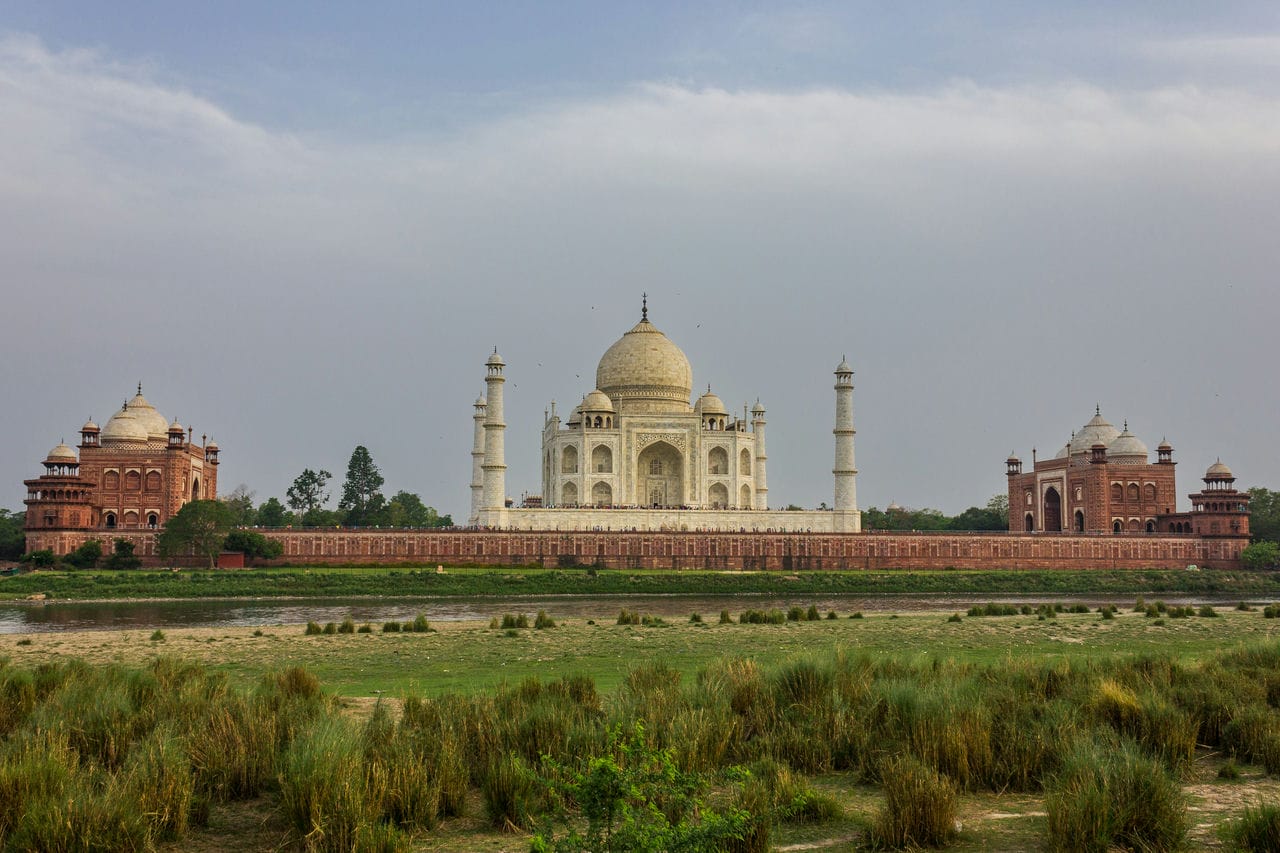
How does the Taj Mahal comply with contemporary safety and accessibility standards?
The Taj Mahal complies with contemporary safety and accessibility standards in 4 ways. Firstly, regarding safety, the management of the Taj Mahal has implemented various measures to protect visitors and the monument itself. For instance, security personnel are stationed throughout the complex to monitor and ensure the safety of visitors. CCTV cameras and advanced surveillance systems have also been installed to enhance security measures. Fire safety protocols and equipment are in place to mitigate potential fire hazards. These safety measures align with contemporary standards and aim to provide a secure environment for visitors. Secondly, the Taj Mahal has tried to improve accessibility for individuals with disabilities. Ramps and pathways have been constructed to facilitate wheelchair access to different areas of the complex. Accessible parking spaces have been designated to accommodate visitors with disabilities. Signage and information boards with braille text have also been installed to assist visually impaired individuals. These accessibility features demonstrate a commitment to inclusivity and compliance with contemporary standards in ensuring equal access for all visitors. Thirdly, the Taj Mahal has implemented crowd management strategies to address the high visitor footfall. To prevent overcrowding and ensure the safety of visitors, there are designated entry and exit points and controlled ticketing systems. Timed entry slots and visitor quotas are implemented to manage the flow of visitors and avoid congestion. These measures comply with contemporary standards for crowd control and contribute to a safer and more organized visitor experience. Lastly, the conservation and restoration efforts of the Taj Mahal align with contemporary standards for preserving historical sites. Conservation experts and architects work diligently to maintain the monument’s structural integrity. It includes regular inspections, monitoring of environmental factors, and the use of appropriate materials and techniques for restoration. These practices ensure the long-term preservation of the Taj Mahal while complying with contemporary conservation standards.
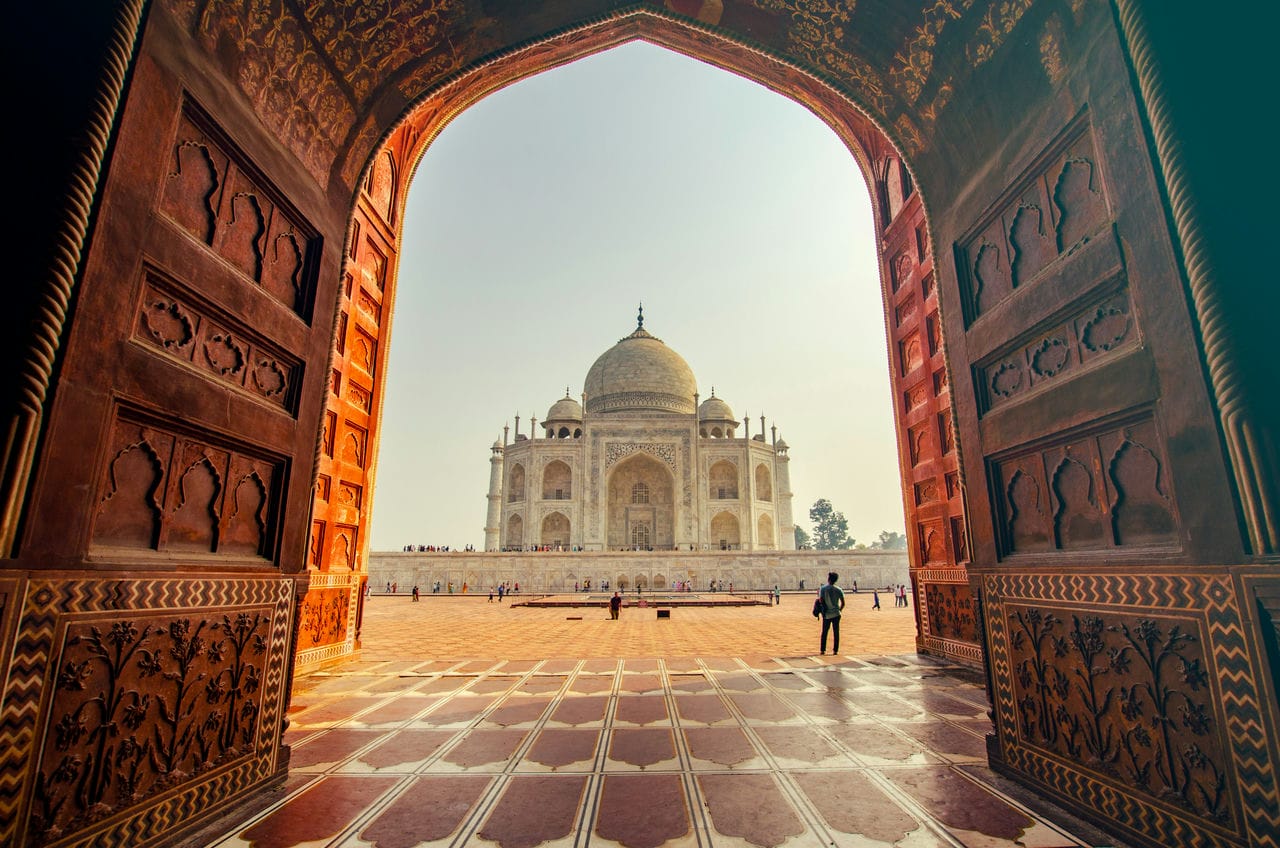
Are there any specific tours for architects or architecture enthusiasts to visit the Taj Mahal?
Yes, there are some specific tours for architects or architecture enthusiasts to visit the Taj Mahal. Skip the Line Taj Mahal Guided Tour with optional add-ons offers a VIP entrance to the Taj Mahal, avoiding the long queues and crowds. Architects or architecture enthusiasts can choose from different options, such as a sunrise or sunset visit, a guided tour of the interior and exterior of the mausoleum, a visit to the nearby Agra Fort and Mehtab Bagh, and a lunch at a local restaurant. The tour is led by a professional guide who will explain the history, significance, and architecture of the Taj Mahal in detail. The tour lasts 3 hours and costs $26 (€23.66, £22.62) per person, while the Taj Mahal Architecture Tour focuses on the architectural features and influences of the Taj Mahal, such as the perfect symmetry, the marble inlay work, the calligraphy, the dome, the minarets, and the gardens. Architects or architecture enthusiasts will also learn about the construction techniques, materials, and craftsmen in building this masterpiece. The tour also includes visiting the Itmad-ud-Daulah’s Tomb, known as the Baby Taj, a precursor to the Taj Mahal. The tour lasts 4 hours, and the price starts from $40 (€36.4, £34.8) per person.
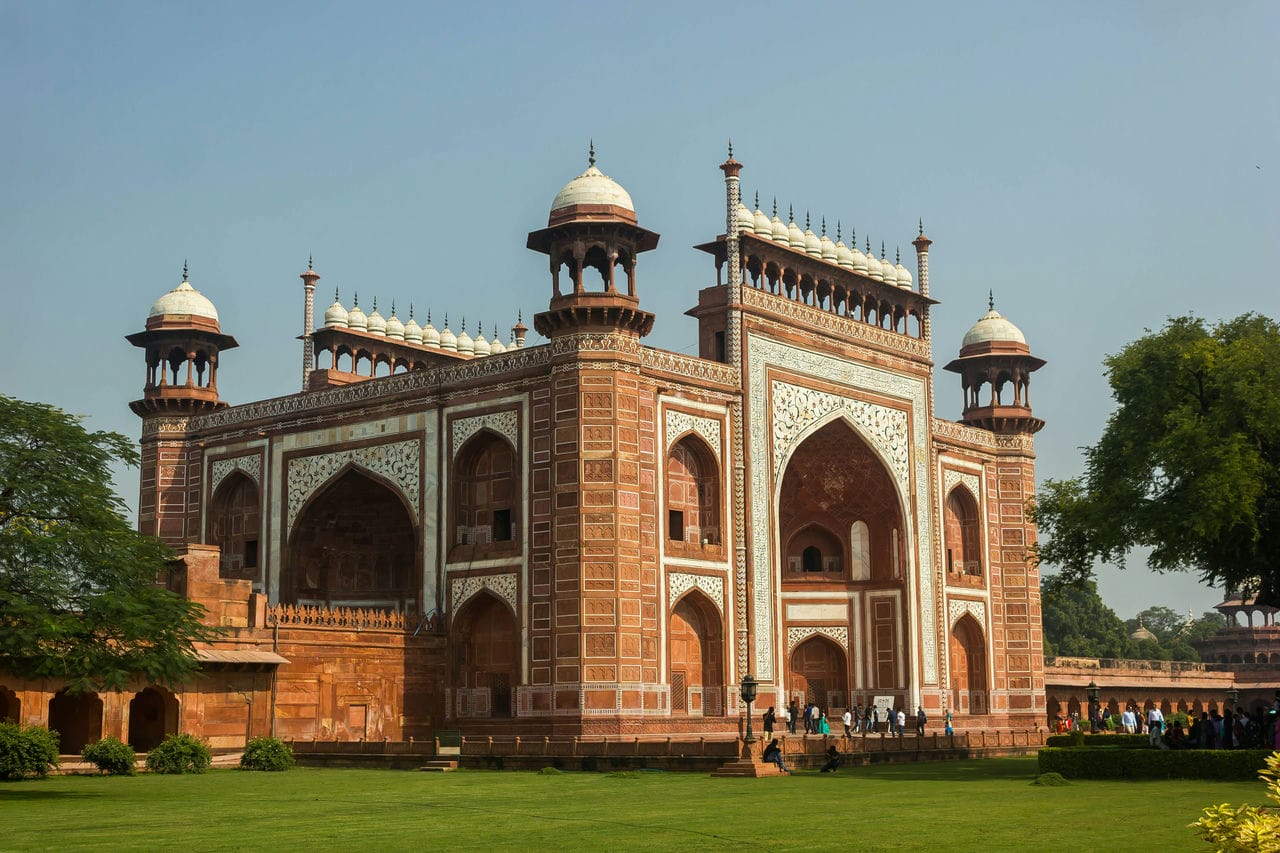
What lessons can architects learn from the design and construction of the Taj Mahal?
There are four lessons that architects can learn from the design and construction of the Taj Mahal. Firstly, the Taj Mahal teaches architects the importance of planning and attention to detail. The symmetrical layout, precise proportions, and intricate embellishments of the Taj Mahal showcase the mastery of architectural planning and design. Architects can learn from the approach taken during the construction of the Taj Mahal, where every aspect of the monument was carefully considered and executed. It emphasizes the significance of thorough planning and attention to detail in creating exceptional architectural works. Secondly, the Taj Mahal demonstrates the effective use of materials and craftsmanship. The use of white marble in the construction of the Taj Mahal enhances its visual appeal and symbolizes purity and eternal love. Architects can learn from the choice of material and its cultural significance, understanding how selecting appropriate materials can contribute to a structure’s overall meaning and symbolism. The exquisite craftsmanship displayed in the intricate carvings, calligraphy, and delicate details of the Taj Mahal highlights the importance of skilled artisans and their contributions to the architectural process. Thirdly, the Taj Mahal exemplifies integrating architectural elements from different cultural and artistic traditions. The blend of Islamic, Persian, and Indian architectural styles in the design of the Taj Mahal showcases the successful fusion of diverse influences. Architects can learn from this approach, understanding how to draw inspiration from various cultural contexts and incorporate them harmoniously into their designs. Lastly, the Taj Mahal serves as a reminder of the timeless appeal of simplicity and elegance. Despite its grandeur, the Taj Mahal maintains a sense of grace and simplicity in its design. The clean lines, balanced proportions, and minimal ornamentation contribute to its enduring beauty. Architects can learn from this lesson, appreciating the timeless appeal of simplicity and elegance in architectural design.
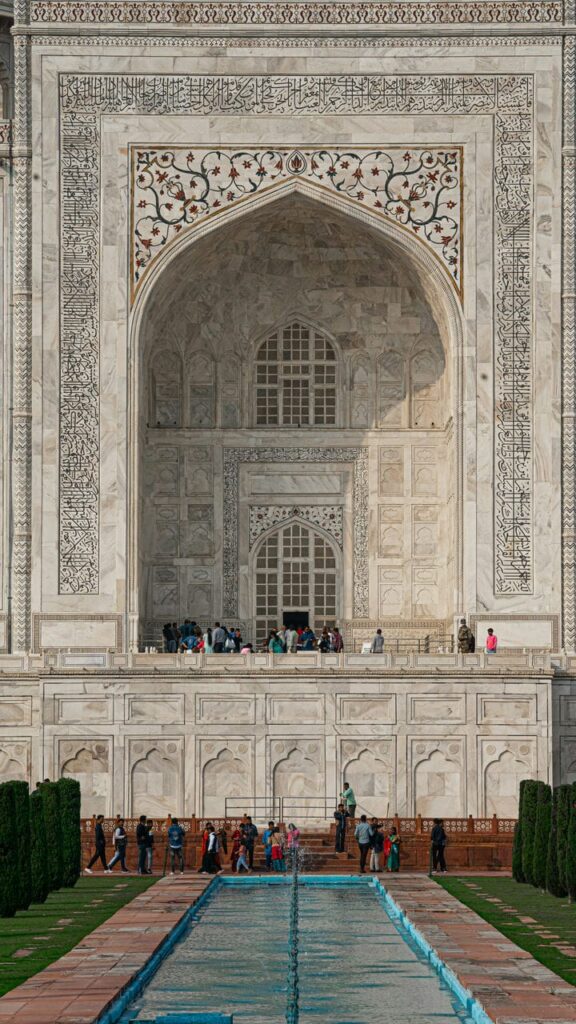
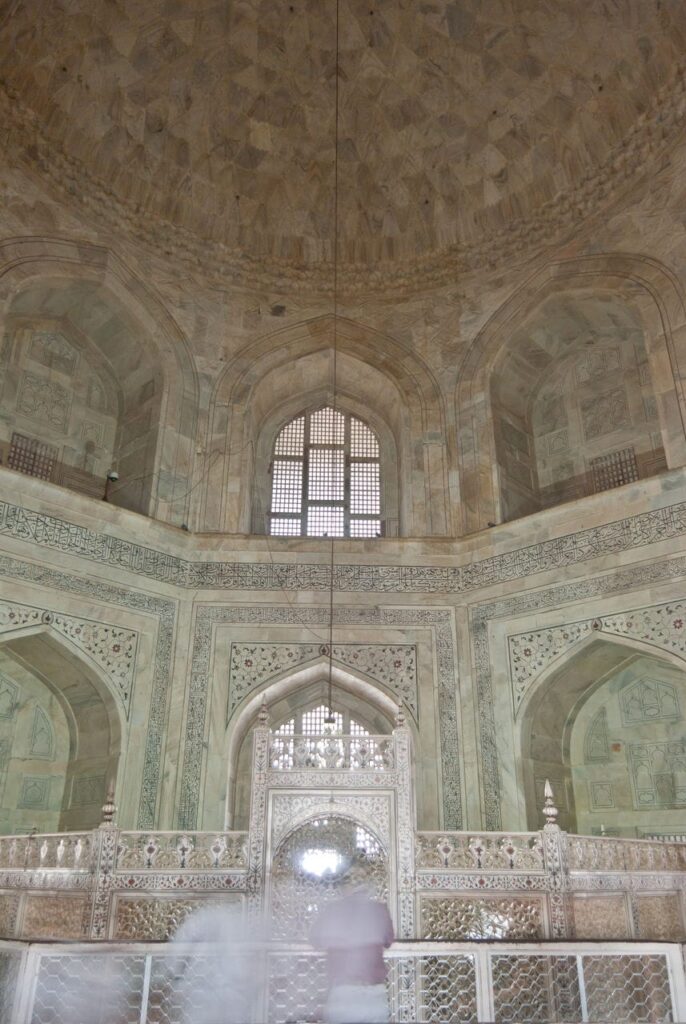
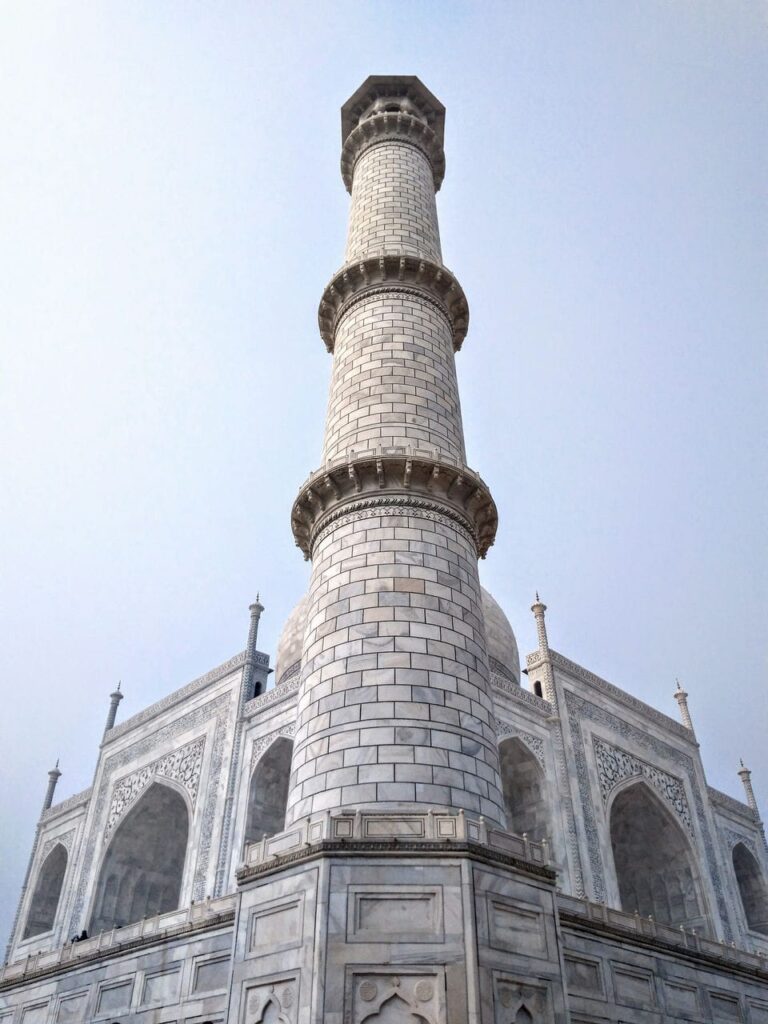
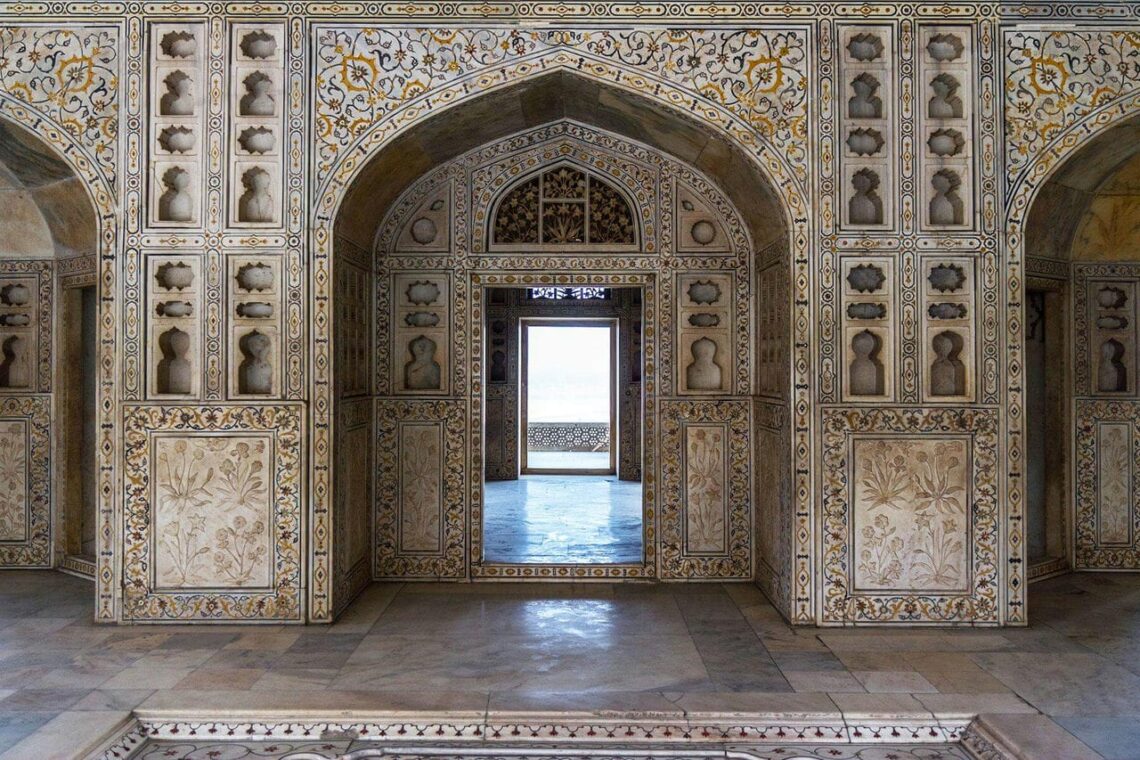
What are the best architectural landmarks to visit as an architect?
Listed below are the best architectural landmarks to visit as an architect:
- Sagrada Familia: The Sagrada Familia is an iconic basilica located in Barcelona, Spain. Designed by popular architect Antoni Gaudí, it is known for its unique and intricate architectural style that combines Gothic and Art Nouveau influences. The basilica has been under construction since 1882 and is still ongoing, making it a fascinating example of long-term architectural vision and dedication. Visitors can admire the stunning facades, soaring towers, and intricate details that make the Sagrada Familia a must-visit landmark for architects and enthusiasts alike.
- Taj Mahal: The Taj Mahal is a UNESCO World Heritage site in Agra, India. Built in the 17th century by Emperor Shah Jahan as a mausoleum for his beloved wife, it is considered one of the most beautiful examples of Mughal architecture. The Taj Mahal features intricate marble inlay work, symmetrical design elements, and a stunning white marble exterior. Its harmonious proportions and elegant details make it a masterpiece of architectural craftsmanship, attracting millions of visitors annually.
- Sydney Opera House: The Sydney Opera House is an iconic performing arts center in Sydney, Australia. Designed by Danish architect Jørn Utzon, it is known for its distinctive sail-like roof structure. The complex houses multiple performance venues and symbolizes modern expressionist architecture. Its innovative design and engineering challenges make it a significant landmark in architectural history. Visitors can take guided tours to explore the interior spaces and learn about the architectural concepts behind this world-famous structure.
- Guggenheim Museum Bilbao: The Guggenheim Museum Bilbao is a contemporary art museum in Bilbao, Spain. Designed by architect Frank Gehry, it is recognized for its striking, curvilinear form and titanium-clad exterior. The museum’s unconventional design pushes the boundaries of traditional architecture, creating a visually captivating and highly acclaimed landmark. Inside, visitors can experience a diverse collection of modern and contemporary art. The Guggenheim Museum Bilbao has revitalized the city, symbolizing urban regeneration through architecture.
- Fallingwater: Fallingwater is a residential house located in Mill Run, Pennsylvania. Designed by architect Frank Lloyd Wright, it is an iconic example of organic architecture that integrates seamlessly with its natural surroundings. The house is built over a waterfall and features cantilevered balconies and open spaces that blur the boundaries between indoors and outdoors. Fallingwater showcases Wright’s principles of harmony between architecture and nature, making it a significant landmark for architects interested in sustainable design.
- St. Peter’s Basilica: St. Peter’s Basilica is a major basilica in Vatican City, Rome. Designed by known architects, including Michelangelo and Gian Lorenzo Bernini, it is the largest church in the world and a masterpiece of Renaissance and Baroque architecture. The basilica’s grandeur is evident in its vast dome, intricate mosaics, and numerous works of art. Architects can appreciate the meticulous detailing and craftsmanship that went into creating this architectural marvel. Visitors can explore the interior, including the famous St. Peter’s Square, and marvel at its architectural and artistic splendor.
- The Louvre: The Louvre is a world-known art museum in Paris, France. Originally a medieval fortress, it was transformed into a grand palace and later became a museum. The Louvre is celebrated for its iconic glass pyramid entrance, designed by architect I.M. Pei. The museum houses an extensive collection of art and historical artifacts, including famous works such as the Mona Lisa. Architects can appreciate the museum’s architectural evolution, from its historical roots to the modern additions that have transformed it into a cultural landmark.
- Burj Khalifa: The Burj Khalifa is a skyscraper in Dubai, United Arab Emirates. Designed by the architectural firm Skidmore, Owings & Merrill, it is the tallest building in the world, standing at 2,717 feet (828 meters). The Burj Khalifa’s sleek and futuristic design features a stepped silhouette and a reflective glass facade. Its engineering marvels, such as the advanced structural systems and high-speed elevators, make it an impressive landmark for architects interested in tall building design. Visitors can enjoy panoramic views of Dubai from the observation decks on the upper floors.
- The Parthenon: The Parthenon is an ancient temple atop the Acropolis hill in Athens, Greece. Built in the 5th century BCE, it symbolizes classical Greek architecture and is one of the most influential buildings in Western history. The Parthenon showcases the Doric order with its iconic columns and pediments adorned with marble sculptures. Its harmonious proportions and refined architectural details demonstrate the principles of balance and symmetry. Architects can study the Parthenon’s design to understand the foundations of classical architecture and its enduring impact on architectural aesthetics.
- The Great Wall of China: The Great Wall of China is an ancient fortification that stretches across northern China. It is an architectural marvel and a UNESCO World Heritage site built over centuries. The wall showcases various construction techniques, including brick, stone, and rammed earth. Its strategic design incorporates watchtowers, battlements, and defensive features. The Great Wall’s vast scale and historical significance make it a remarkable landmark for architects interested in the intersection of architecture and military engineering. Visitors can explore different sections of the wall and admire the panoramic views of the surrounding landscapes.


